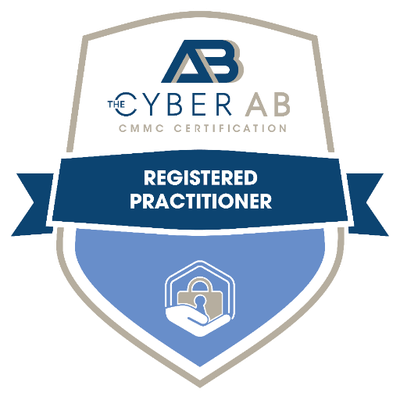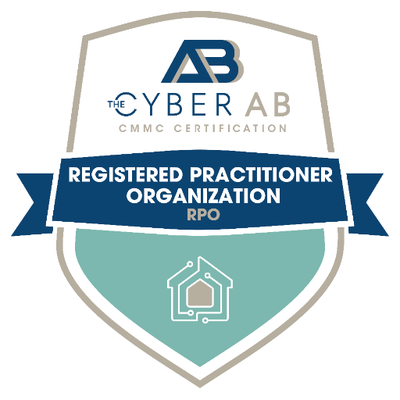For CFOs and CEOs, safeguarding customer data and maintaining compliance with regulatory requirements is paramount in today’s business environment. One crucial framework that aids organizations in demonstrating adequate controls for managing and securing customer data is SOC 2.
A Finance-Oriented Approach to Data Protection
SOC 2, short for Service Organization Control 2, is a critical framework designed to address the needs of both finance and IT teams by establishing standardized criteria for data protection. Originating from finance and accounting principles, SOC 2 provides a robust set of guidelines for evaluating controls related to data security, availability, processing integrity, confidentiality, and privacy. This framework is rooted in financial accountability, making it particularly relevant for CFOs and CEOs who are accustomed to managing and mitigating financial risks. By adhering to SOC 2 standards, organizations can ensure that their data handling practices align with stringent requirements, offering reassurance to stakeholders about the integrity and security of their systems.
For CFOs and CEOs, SOC 2 represents more than just a set of compliance requirements; it is a strategic tool that integrates seamlessly with existing financial and operational processes. The framework’s emphasis on data security and processing integrity aligns with the financial principles of accountability and transparency, making it easier to understand and implement within the organization’s broader compliance initiatives. By aligning SOC 2 controls with financial processes, organizations can systematically manage and protect customer data, thereby enhancing their ability to meet regulatory demands and uphold industry standards. This alignment not only simplifies compliance but also strengthens the organization’s overall data protection strategy, fostering trust and confidence among clients and partners.
Moreover, SOC 2 compliance demonstrates an organization’s commitment to safeguarding sensitive information, which is increasingly important in today’s data-driven economy. Achieving SOC 2 certification helps organizations build credibility and trust with customers, stakeholders, and regulatory bodies by showcasing their dedication to maintaining high standards of data security and privacy. For CFOs and CEOs, this certification not only mitigates the risk of data breaches and associated financial penalties but also enhances the organization’s market position by signaling a proactive approach to data protection. In essence, SOC 2 compliance is a strategic investment that supports long-term business success by reinforcing the organization’s reputation for reliability and accountability in managing and securing customer data.
Paperwork and Checkboxes: The Theater of Compliance
One characteristic of SOC 2 compliance is the extensive paperwork and checkboxes involved in the audit process. This rigorous documentation ensures that organizations have implemented and documented adequate controls to protect customer data effectively.
While the paperwork may seem burdensome, it serves a critical purpose in demonstrating compliance with SOC 2 requirements. By meticulously documenting control activities and evidence of their effectiveness, organizations can instill confidence in customers and stakeholders regarding their commitment to data protection and regulatory compliance.
SOC 2 Update: October 1, 2022
It’s essential to stay abreast of updates and changes to SOC 2 requirements to ensure ongoing compliance. This update aimed to enhance the framework’s effectiveness in addressing evolving cybersecurity threats and regulatory requirements.
Executives need to proactively prepare for these updates and ensure that your organization’s controls align with the revised SOC 2 requirements. By staying ahead of the curve, you can maintain compliance and mitigate risks associated with data breaches and regulatory non-compliance.
Continual Compliance: A Contract Must for SaaS Providers
SOC 2 compliance has become an essential requirement for providers looking to secure and retain clients. As organizations increasingly prioritize data security and privacy in their vendor selection processes, SOC 2 certification has emerged as a key differentiator. This certification not only confirms that a SaaS provider adheres to rigorous standards for data protection but also demonstrates a commitment to maintaining high levels of security and operational integrity. For SaaS providers, achieving SOC 2 compliance is not merely a checkbox but a crucial element in building trust and credibility with clients, who are more discerning than ever about their data security practices.
The competitive edge provided by SOC 2 compliance cannot be understated in a crowded market where data breaches and security concerns are frequent, having SOC 2 certification signals to potential clients that a SaaS provider has robust measures in place to safeguard sensitive information. This certification helps instill confidence and trust, which are critical for securing new business and retaining existing clients. Furthermore, the assurance that comes with SOC 2 compliance can be a decisive factor for companies in choosing between vendors, making it a valuable asset for any SaaS provider looking to expand their client base and enhance their market position.
However, the path to achieving and maintaining SOC 2 compliance is ongoing and requires a sustained commitment to cybersecurity. Unlike a one-time certification process, SOC 2 compliance necessitates continual vigilance and investment in cybersecurity controls and practices. Providers must regularly review and update their security measures, conduct periodic audits, and ensure that their practices remain aligned with the evolving standards and expectations of SOC 2. This ongoing effort not only helps in retaining certification but also ensures that SaaS providers can effectively mitigate emerging threats and adapt to new regulatory requirements. For SaaS providers, this continual compliance is not just a regulatory obligation but a strategic investment in long-term business success and resilience.
Prioritizing Data Protection and Compliance
In conclusion, SOC 2 is vital in helping organizations demonstrate adequate controls for managing and securing customer data. For CFOs and CEOs, SOC 2 offers a finance-oriented approach to data protection rooted in accountability and compliance.
By embracing SOC 2 compliance, organizations can confidently navigate the complexities of data protection and regulatory requirements. Through meticulous documentation, ongoing compliance efforts, and alignment with industry best practices, CFOs and CEOs can ensure that their organization remains resilient and trustworthy in an increasingly data-driven business landscape.




